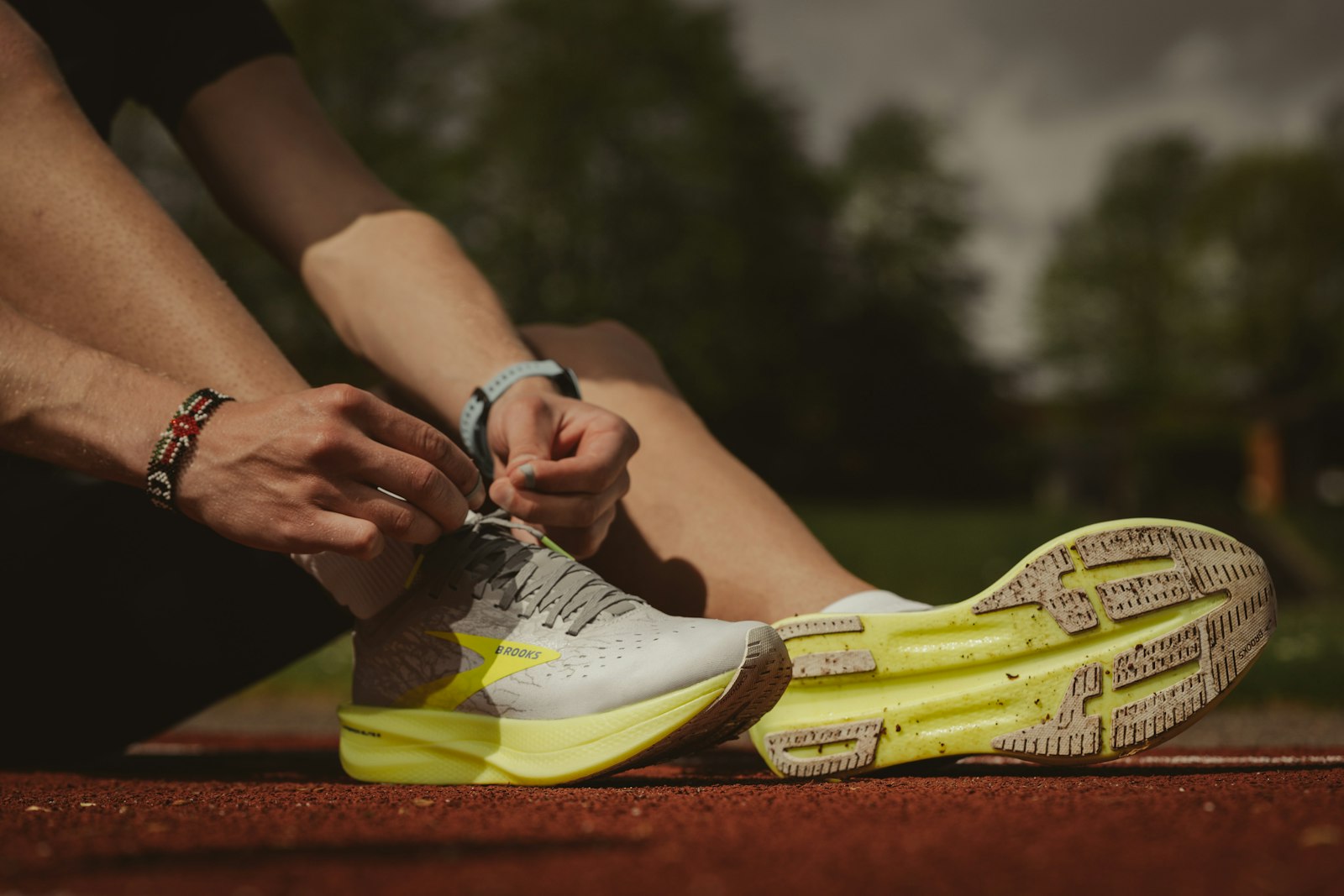

Running is a great way to stay fit and get active; however, it also comes with certain risks of injury. There is a huge amount of pressure on your joints when you run; this can cause many different issues with your body, some minor and some more serious. In this article, we look at several tips to help you avoid injuries when running.
Warming up your body and stretching out your muscles and joints is vital to preparing for a run. This will prepare your body for the strain and pressure you’re about to experience. You’re much more likely to experience muscle strain, injuries, and pain if you fail to warm up and stretch your body properly. You can search thousands of warm-up routines on YouTube or social media sites such as TikTock. Choose one that’s thorough and easy to follow; once you’ve learned the warmup routine, you’ll be able to do it independently without needing to watch the video.
Pushing your body to its limits is one way to speed up your progress; however, it can be very dangerous to overtrain. Too much training can increase your chances of experiencing an injury and being unable to run completely. To prevent overtraining, listen to your body and slowly build up the length of your runs rather than attempting to take on a 10k as your first run. You should also avoid too many training sessions in a short period of time; always build in rest days to allow your muscles and joints to recover.
When you have a cold or illness, it's best to stay indoors and rest; if you decide to run, you might be putting yourself at additional risk. When unwell, you’re more likely to make mistakes that could lead to falling over and becoming injured. In addition, you might prolong your illness by putting extra strain on your body. The best thing to do when you’re unwell is rest, and when you feel better again, start with a short run and build back up to your previous level of fitness slowly to prevent injury.
Fueling your body properly is essential to avoid injury; your muscles need energy to be able to perform. If you’re running long distances, you may want to incorporate gels for running into your nutrition routine. These will provide you with the energy to keep going throughout the long run and can help prevent dizziness and lightheadedness, which can result in falling over and getting injured. Along with energy gels, you should eat a balanced diet that’s full of all the necessary nutrients your body needs to grow muscles and remain healthy.
Lots of running injuries happen when runners fall over on uneven running surfaces. To prevent this, choose your running surface carefully. The best surface for running is a clear, smooth running track; here, you’re less likely to trip and fall over. If you are running on grass or pavement, make sure you are aware of the surface and any potential trip hazards. Avoid running in icy and slippery conditions, as your chances of falling and getting injured are much higher.
The right running shoes are essential to protect your joints and prevent injury. They need to be designed for running and fit well to help prevent you from slipping and falling over. Visiting a running shop is a great way to find suitable shoes. The experienced staff will be able to advise you on the best type of running shoes for your needs. Taking your old shoes with you can also help them to identify which areas are most worn when you run.
By following these simple tips, you can help prevent injury when running. Remember to always warm up before running, avoid overtraining, don’t run when you’re unwell, fuel your body properly and choose your running surface carefully. The right running shoes are also vital to ensure your body is properly supported and help to protect you from falls and trips during running. If you’re unsure, take things slowly and listen to your body.